For decades, scientists have been tinkering in the laboratory to create the largest coffee nursery in the Central Highlands...
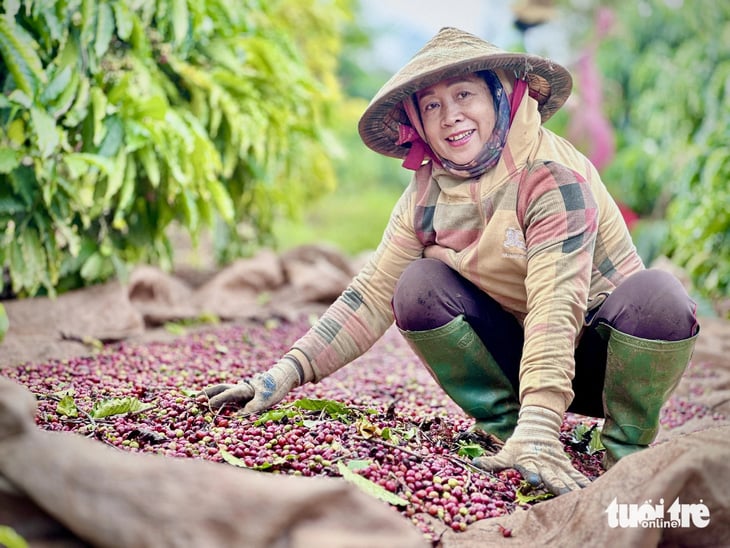
WASI Institute staff harvest coffee varieties - Photo: THE THE
Decades of coffee breeding
In the last days of the year, the work of researchers and workers at the experimental garden of the WASI Institute (in Hoa Thang commune, Buon Ma Thuot city) is still busy. New and cherished ideas are still being implemented with the desire to bring the best coffee varieties to farmers. According to experts, to produce quality coffee varieties is a research project over many decades. Previous coffee varieties with small seeds, poor drought resistance, susceptible to pests and diseases... have now been replaced by high-yielding varieties with large fruits after hundreds of experiments.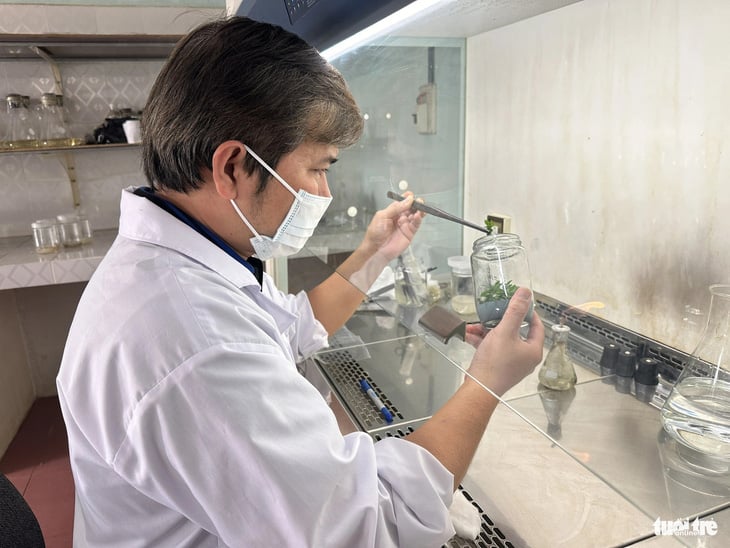
WASI Institute staff separate coffee plant samples for cultivation - Photo: THE THE
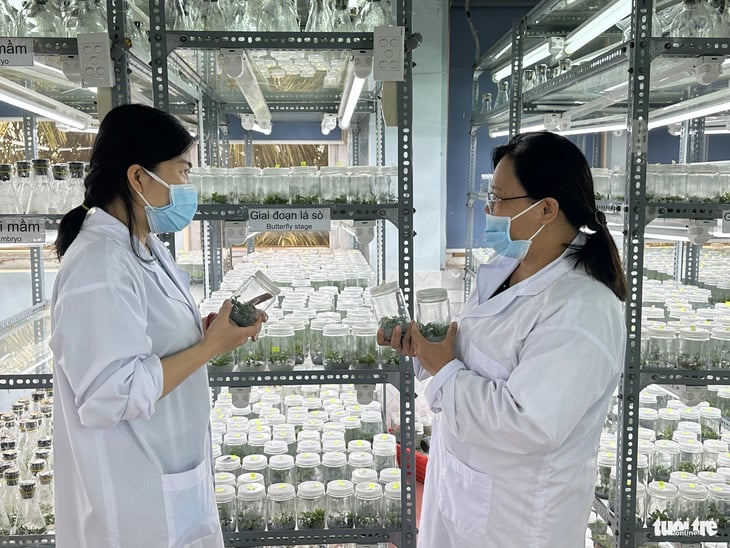
WASI Institute staff separate coffee plant samples for cultivation - Photo: THE THE
It takes 20 years to have good breed
According to Ms. Oanh, to have a standard variety, it takes 15 to 20 years of research and selection. "Many varieties we are researching but have been completed, waiting to be launched, with higher productivity," Ms. Oanh said. Mr. Tran Vinh - Director of the Central Highlands Agricultural and Forestry Science and Technology Institute, said that to have quality coffee trees with high productivity, choosing the variety accounts for 30%, the remaining 70% includes care, fertilizer, watering, etc. Mr. Vinh added that the garden is where WASI conducts research, development and transfer of sustainable coffee techniques to farmers. This is also a place to visit, learn and experience the actual stages in the coffee production process from tissue culture, incubation, seedling production to the stage of coffee fruiting, harvesting... Mr. Pham Hung Vuong (55 years old, residing in Phu Xuan commune, Krong Nang district, Dak Lak) said that in 2020, his family's coffee garden was old and had to be replanted, so he had a headache in choosing varieties. After researching and being introduced, he went to the WASI Institute to buy good varieties. "I went there to learn and buy varieties from the WASI Institute to replant 2 hectares of coffee. Buying quality varieties is an important step, so you should be careful when choosing," Mr. Vuong commented.
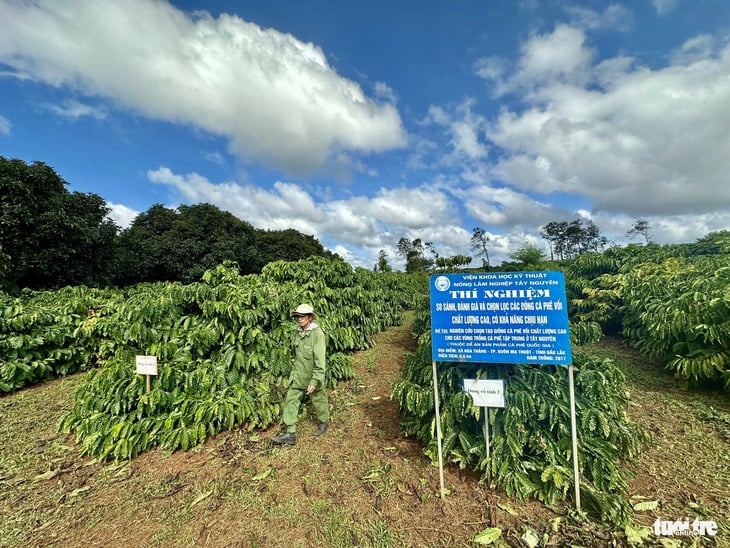
After being grafted in the laboratory, the coffee is taken to experimental gardens for planting and monitoring. Each garden where the varieties are selected is equipped with a variety classification sign - Photo: MINH PHUONG
Currently, WASI is storing thousands of varieties, being the largest seed bank in the Central Highlands with the best coffee varieties on the market such as TR4, TR9, TR11, TR12, multi-line hybrid coffee TRS1, annually supplying nearly 10 tons of seeds and about 1.5 million seedlings to farmers./.
tuoitre.vn
Source

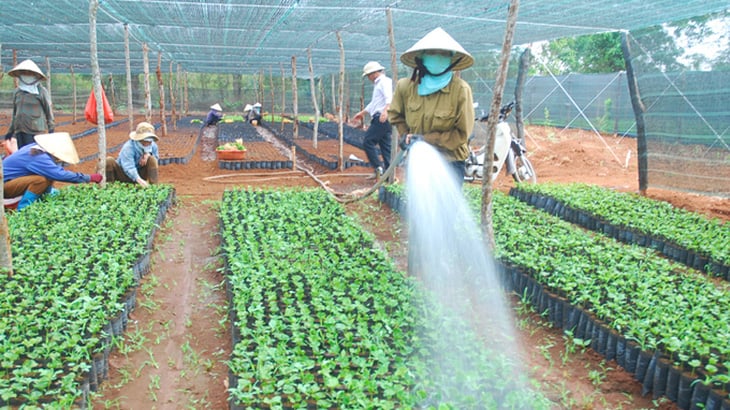

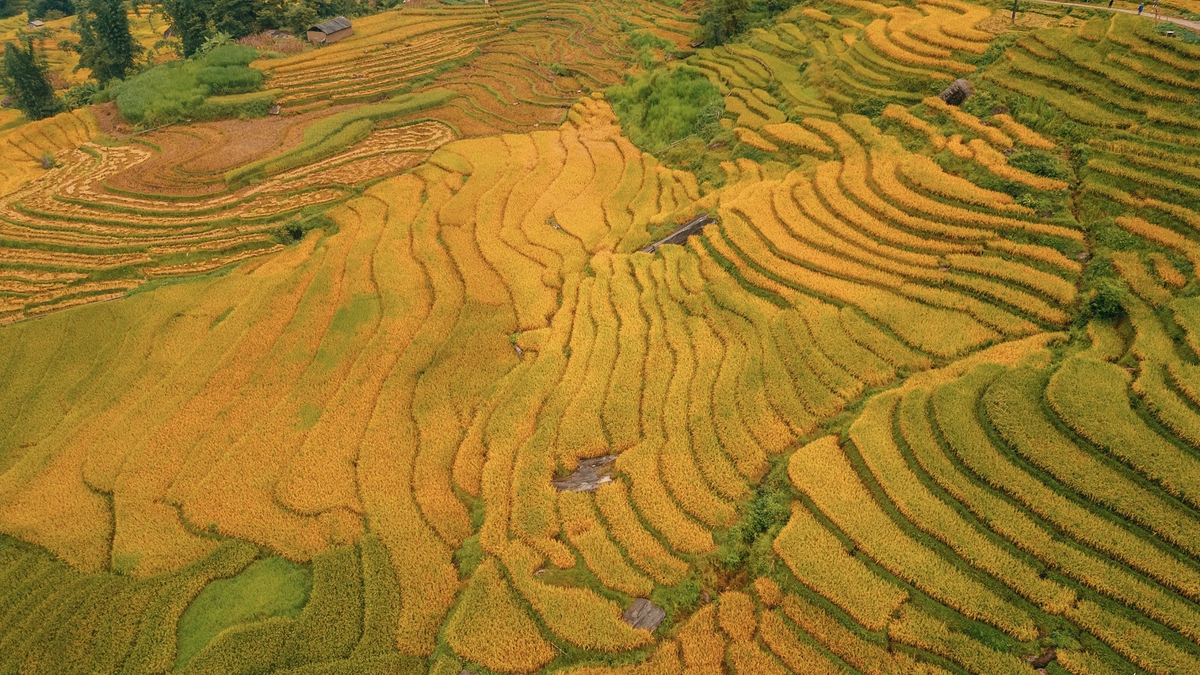

![[Photo] Closing of the 1st Congress of Party Delegates of Central Party Agencies](https://vphoto.vietnam.vn/thumb/1200x675/vietnam/resource/IMAGE/2025/9/24/b419f67738854f85bad6dbefa40f3040)



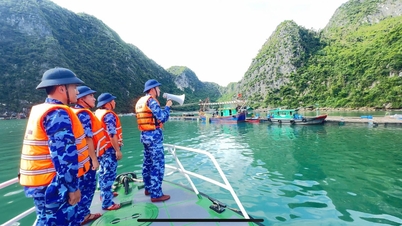


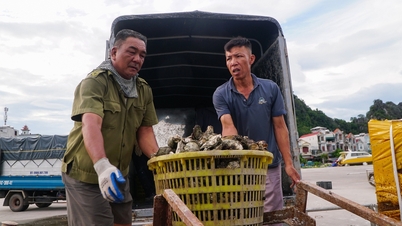


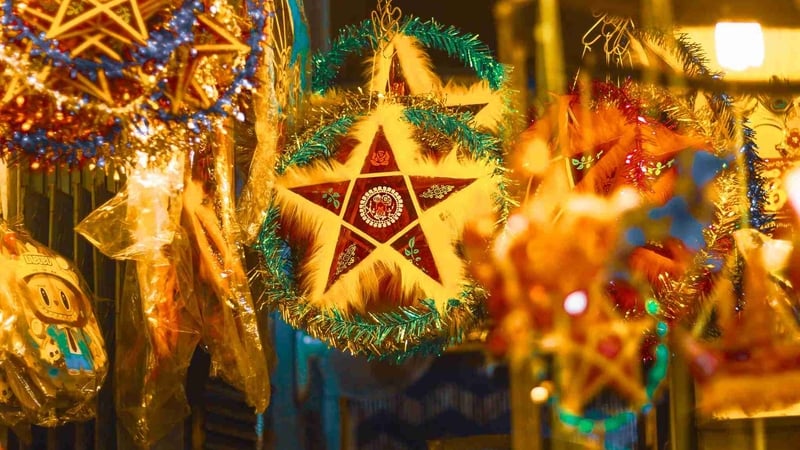

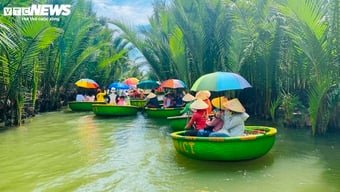


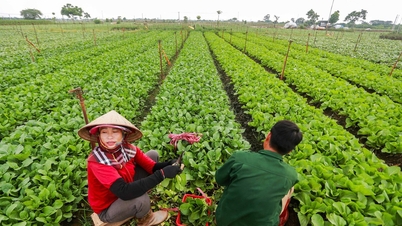

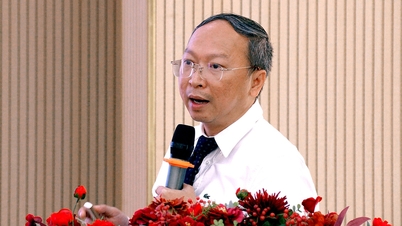


![[Photo] Editor-in-Chief of Nhan Dan Newspaper Le Quoc Minh received the working delegation of Pasaxon Newspaper](https://vphoto.vietnam.vn/thumb/1200x675/vietnam/resource/IMAGE/2025/9/23/da79369d8d2849318c3fe8e792f4ce16)
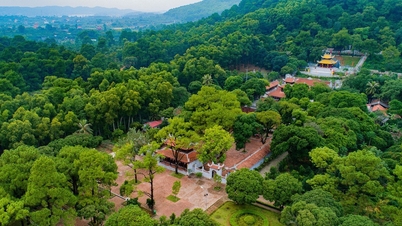

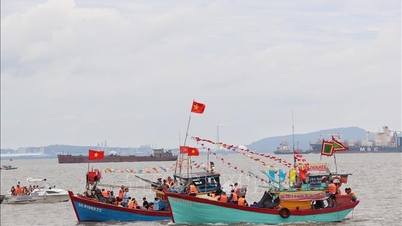

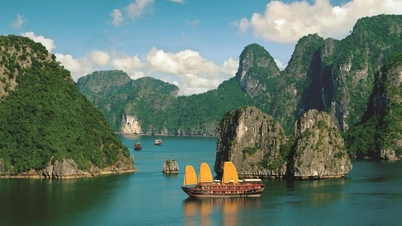

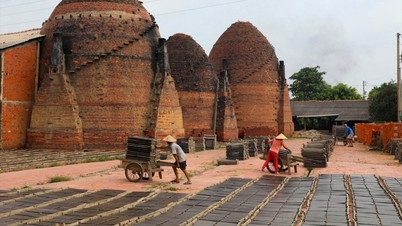



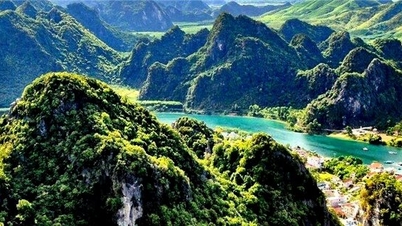


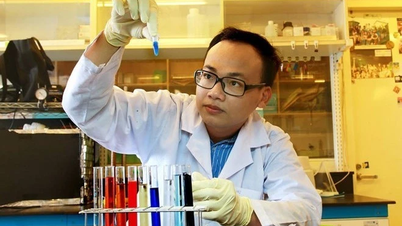



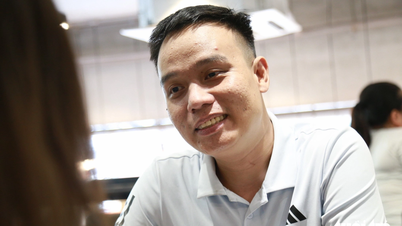





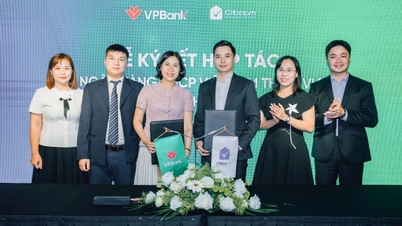






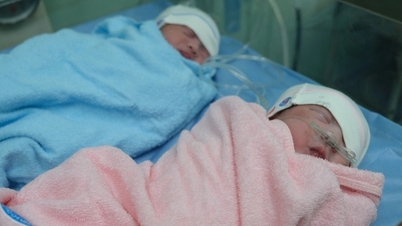

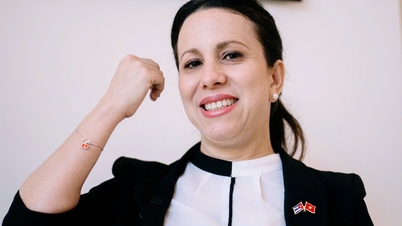


![[Photo] Solemn opening of the 1st Congress of Party Delegates of Central Party Agencies](https://vphoto.vietnam.vn/thumb/402x226/vietnam/resource/IMAGE/2025/9/24/82a89e250d4d43cbb6fcb312f21c5dd4)

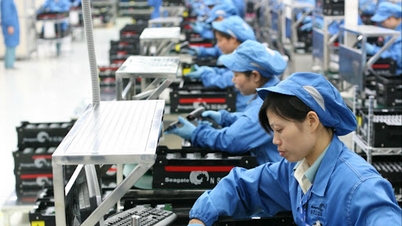

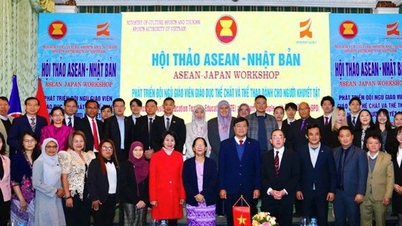

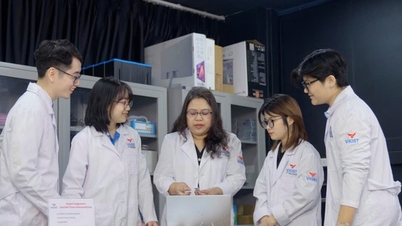


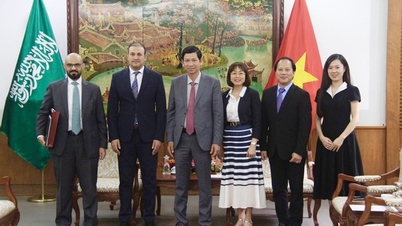




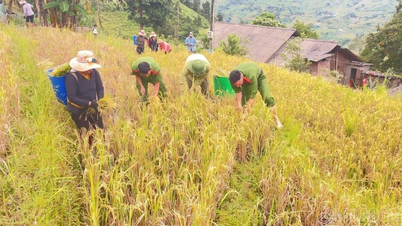


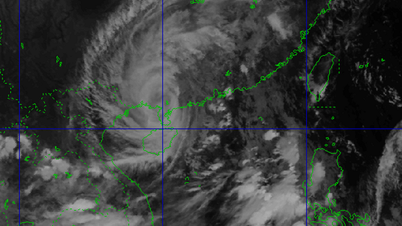

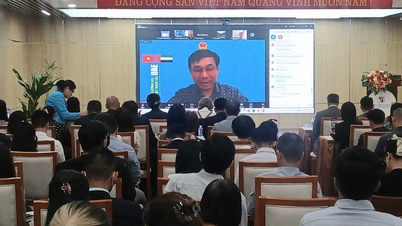


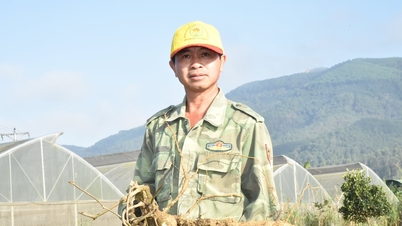



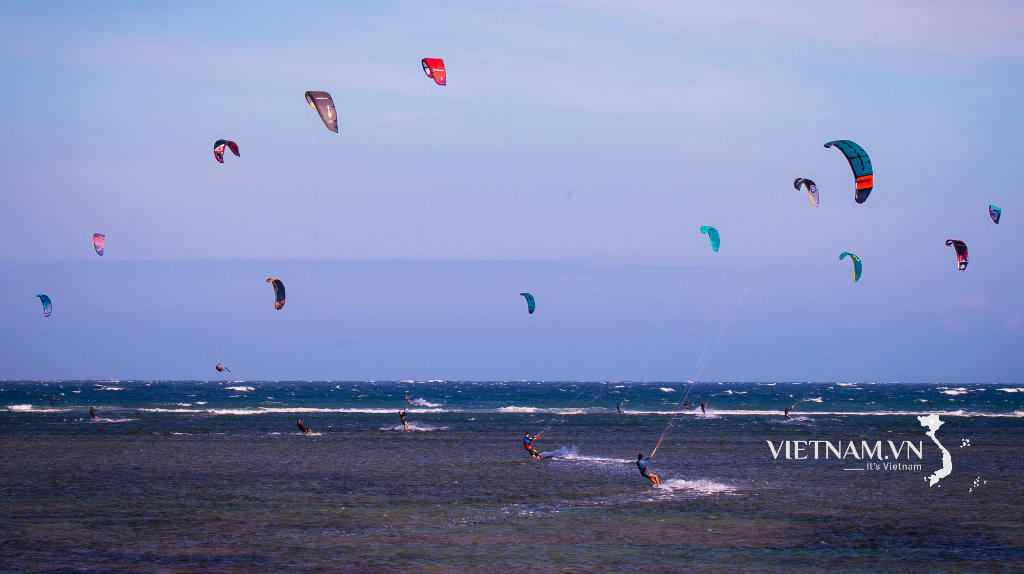
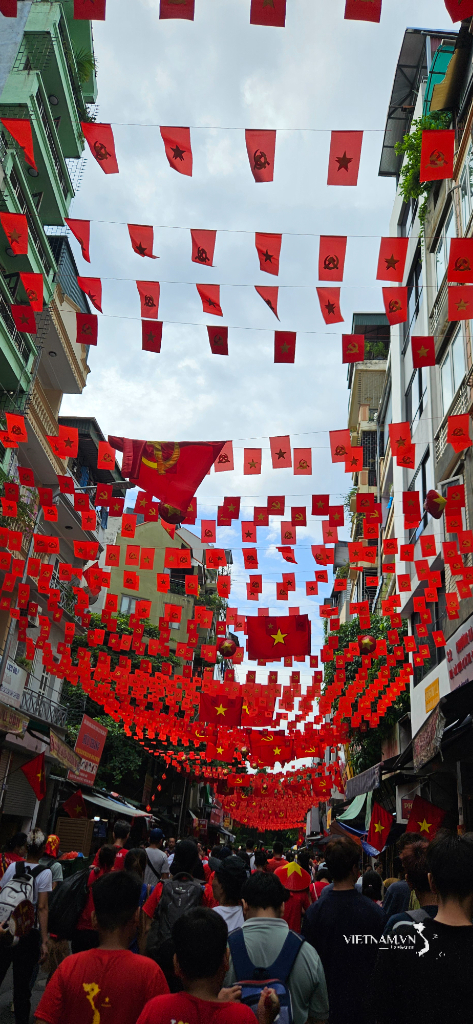
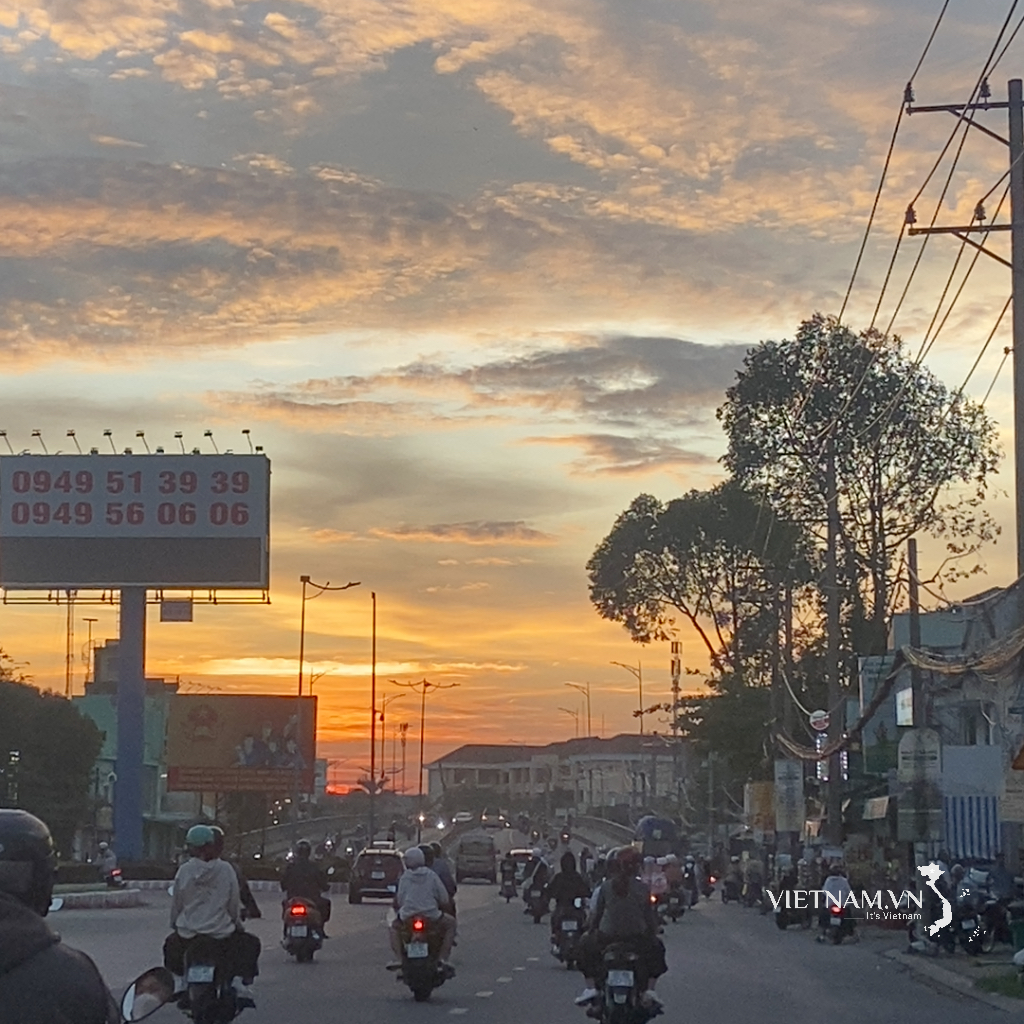
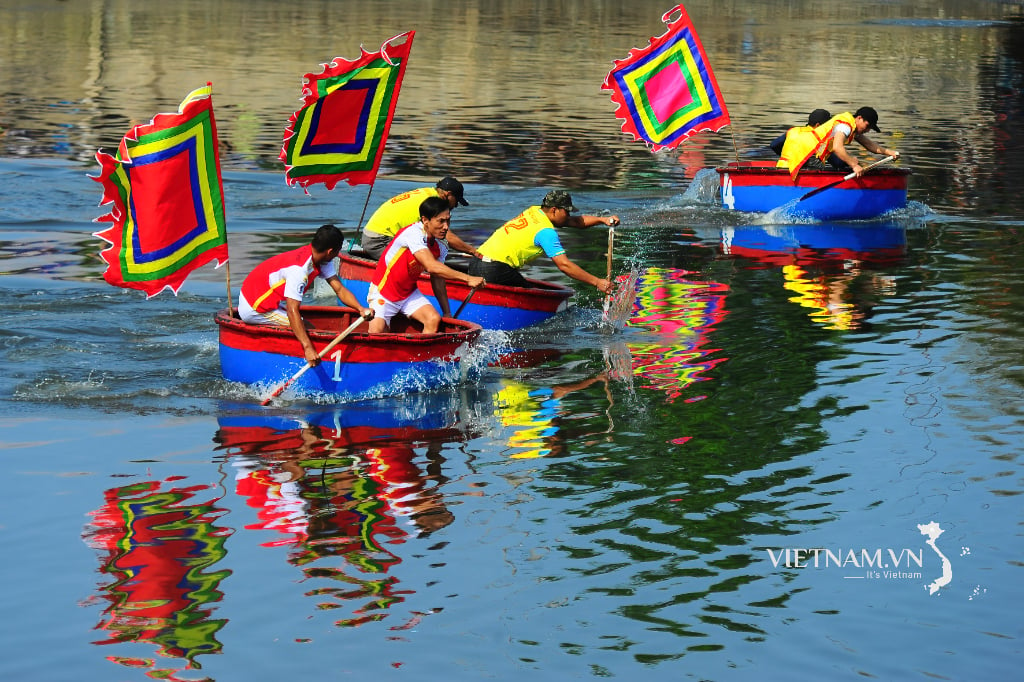
Comment (0)